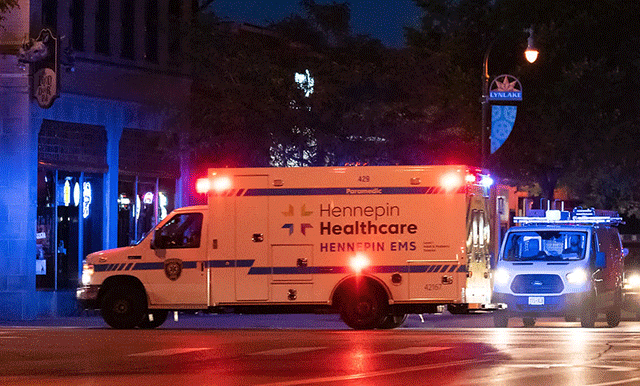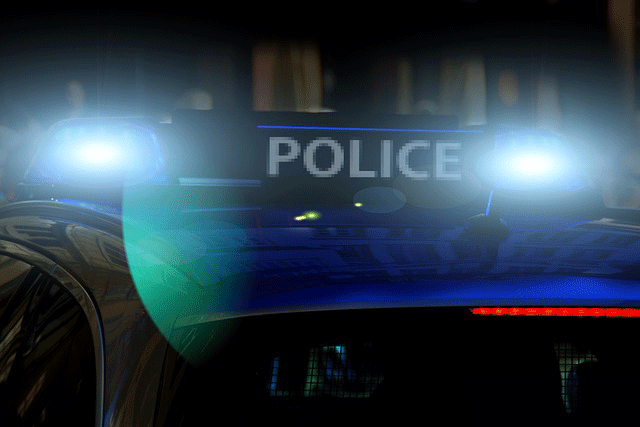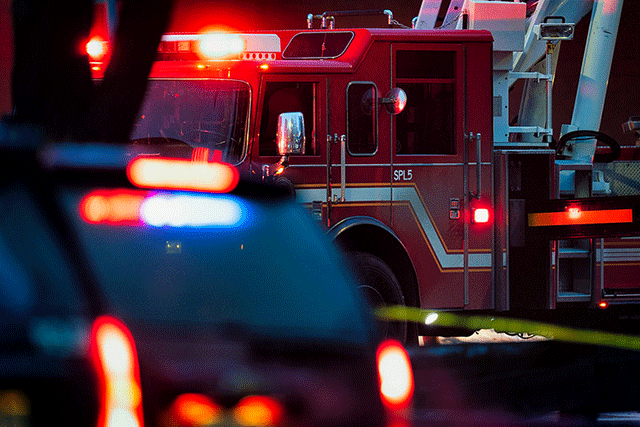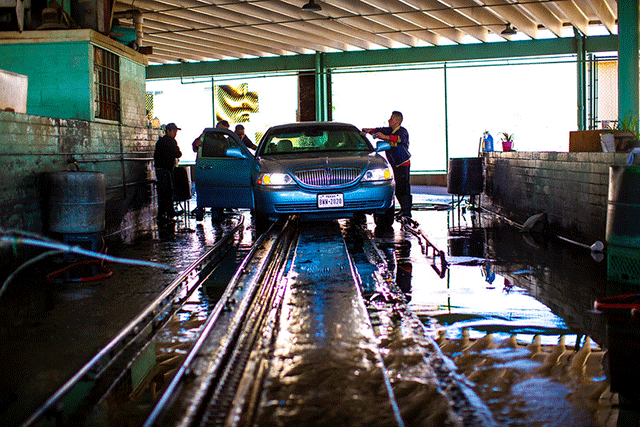Just like their name suggests, emergency vehicle lights are essential for fire, tow and police trucks, emergency medical services vehicles, and more. They help to communicate to other motorists when there are dangerous road conditions, direct and negotiate traffic, light up the scene of an emergency, and keep the first responders safe. Moreover, emergency vehicle lights help emergency vehicle drivers and operators to get where they’re headed as quickly as possible.
Think about it, without emergency vehicle lights; it would be way more difficult for first responders to alert drivers and passengers on the road that they’re approaching, which could result in slower response times and an enhanced likelihood of accidents happening. This brief article will cover the history of emergency warning lights for vehicles before discussing the different types of lights, the differences in color choices, and their primary purposes.

A Brief History Of Emergency Vehicle Lights And Colors
Nowadays, emergency vehicle lights are generally recognized, but that hasn’t always been the case. In fact, before the introduction of emergency vehicle lights sometime around the early 1900s, there wasn’t an easy way to differentiate police cars from civilian vehicles. Emergency vehicles looked pretty much like any other vehicle on the roadways. Because of this, police chiefs regularly used convertible vehicles so that regular pedestrians could see their police hats. A couple of decades later, at the beginning of the 1930s, red lights were added to the tops of police vehicles to signal civilians that an emergency vehicle was nearby.
This quickly became the standard and developed into the revolving gum-ball light in the early 1950s, followed by horizontal lights in the 1960s. Afterward, blue lights were also integrated into the emergency lighting scene at the end of the 1960s to help people with color blindness distinguish between colors.
Presently, emergency vehicles are fitted with a broad range of emergency vehicle lighting, the type depending on the vehicle’s service, state, and agency. Nevertheless, regardless of the state’s law on emergency vehicle lighting, it’s apparent that they are essential to every driver and pedestrian’s safety on the road.
What Colors Are Emergency Vehicle Lights?
1) Amber Lights
Amber is one of the most commonly used colors for emergency vehicles. Mandated in over forty U.S. states, amber lights are in most cases used on wreckers, tow trucks, construction vehicles, public works, and escort vehicles and serve as a rotating spotlight for a truck that frequently works on an open road to signal other drivers and pedestrians that there’s an active working site nearby. They’re also utilized by police vehicles used to direct roadway traffic.
2) Red Lights
As you may know, red lights of all types are instinctively associated with emergencies and are most commonly used in fire trucks, ambulance vehicles, and police cars. In the U.S., depending on state laws, emergency vehicles are also allowed to use forward-facing red lights in combination with white or blue lights.
3) Blue Lights

Blue emergency lights are widely utilized by police vehicles and law enforcement personnel. Nevertheless, states like Wyoming and Missouri are permitted to use blue lights on ambulances and fire trucks. In rarer instances, states like Oklahoma allow even wreckers and tow trucks to use blue lights on the scene.
4) Green Lights
Green emergency lights are used by paramedics, volunteer emergency medical technicians, and first responders using privately owned vehicles. Green emergency lights are even used by Homeland Security and private security companies. However, green lights may be subject to local jurisdictions. For example, in the State of Indiana, volunteer emergency medical technicians need to obtain an official permit from the State to use green lights.
5) White Lights

This emergency lights color is almost always used on ambulances, police cars, and fire trucks in combination with blue or red lights. For extra impact, white lights can also be used as rear-facing work lights, takedown lights, and flood mode.
6) Purple Lights
Purple emergency lights are quickly becoming the standardized color for funeral processions. They can be used in conjunction with hazard lights and are frequently used by the head of the procession. However, they are not mandated by all U.S. states, so check with your local laws before using them for any reason.
In Conclusion
The bottom line is that for the safety of all motorists and pedestrians, it’s essential to understand what different lights signify and who and when is permitted to use them. The unique color code helps other drivers understand what slow or fast-moving vehicles are behind or before them to know how to react conscientiously. If you want to install emergency lights on your car, verify the laws in your state to be sure that you’re upholding the law and using your lights safely.













